Are you an aquarium owner interested in adding fancy fish to your community? Is the fear of ignorance holding you back from breeding the species you actually want? One unique goldfish breed you won’t regret adding to your aquarium is the Fantail Goldfish.

Everything You Need to Know About Fantail Goldfish Care
What if there’s a Fantail Goldfish in your tank, but you don’t know what to do with it? This Fantail Goldfish overview covers everything you need to know about this fancy species.
Fantail Goldfish care isn’t fussy but they need attention, dedication, and careful planning. This species gained popularity because of its unique appearance and characteristics as an easy-to-care Goldfish.
If you are interested in the Fantail Goldfish checkout this article on the 15 Types of Goldfish for Your Aquarium!
Appearance and Characteristics
Are you wondering what about the Fantail goldfish’s appearance and characteristics make it a favorite amongst fishkeepers? You won’t wonder for long because I’m about to tell you.
Fantail Goldfish Appearance
You will recognize the Fantail goldfish by its distinctive double tail on an egg-shaped, well-rounded body with its protruding belly. Its double tail spreads like a fan with a split down the middle, earning it the name “Fantail.”
Your Fantail goldfish will grow as long as 6 – 8 inches on average, while rare breeds extend as long as 10 – 12 inches. “Is it a colorful species?” Absolutely. This egg-shaped Goldfish can be black, orange, red, white, or a mixture of these four colors.
Fantail Goldfish Characteristics
Now, let’s talk about the Fantail goldfish’s physical traits.
Despite being active swimmers, this species is loved for its peaceful and social temperament. They love to flaunt their flowing fantails and fins while swimming gracefully, making them great eye candy.
But to get the best version of your Fantail goldfish, you must create the ideal habitat for them.
Habitat and Tank Requirements

Fantail goldfish are freshwater fish that thrive in cool, not cold water. Here’s a detailed look at the ideal Fantail Goldfish tank setup, complete with sizing, water parameters, and other habitat requirements.
Tank Size
Your Fantail goldfish’s ideal tank size is 20 gallons for one fish. Then, add an extra 10 gallons for every additional Fantail goldfish you add to the aquarium.
Water Parameters
Ensure the water temperature is between 65℉ -and 72℉ to simulate their ideal freshwater habitat. Keep the pH level within 6.5 and 7.5 with moderate hardness.
Watch your Fantail goldfish during and after meals to ensure the water is waste-free. You should also install a high-quality filtration system to reduce waste, maintain the Nitrogen cycle, and aerate the aquarium’s water.
Without maintaining proper water parameters, the tank’s water quality can degrade, which can cause a wide range of issues from cloudy aquarium water to illness and mass fish die off.
Substrate and Decor
Substrate is added to the bottom of your aquarium while decor could be any other fitting meant to beautify your tank both should mimic the environment of the water body that matches your aquatic pets natural habitat.
Use smooth substrates like tiny gravel and sand to keep from injuring your Fantail Goldfish’s fins.
Your aquarium decorations may be natural or artificial, but when choosing a plant, rock, cave, or other types of fittings, remember to choose only smooth and soft-edged materials.
Author’s Note: For some planted tank decor tips check out our article on The 8 Best Live Plants for Goldfish Aquariums, there are indeed live plants that can thrive in a goldfish habitat!
Feeding and Nutrition
There’s no special Fantail Goldfish diet that is different from what most goldfish species eat. So what’s the best food for this fish? As cliche as this sounds, it’s a balanced diet.
Your pets will grow healthy and thrive if you give them all their vitamins through food. Still confused? Follow this simple goldfish nutrition guide.
- Staples: Fantail goldfish can eat commercially made food, such as flakes and pellets, with at least 30 – 40% protein.
- Supplements: Live and frozen food like brine shrimp, bloodworms,
- Vegetables: Blanched vegetables like sliced cucumbers, peeled peas, spinach, and zucchini.
- Treats: Brine Shrimps and Daphnia.
Here are some more feeding tips for you:
- Limit treats to twice or thrice weekly.
- Feed your Fantail goldfish only a portion of food they can consume in less than 3 minutes. This prevents overfeeding, constipation, and food waste, which can lead to more health problems.
Common Health Issues and Prevention
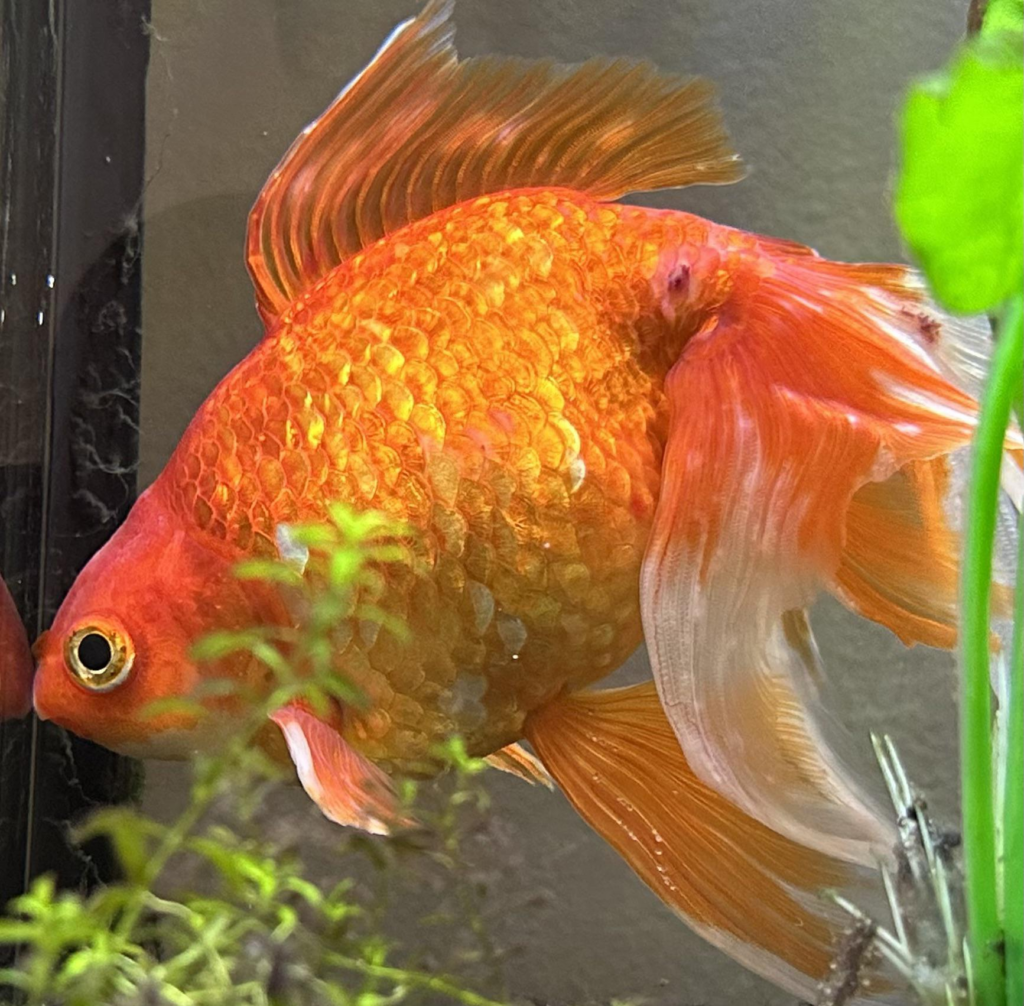
Improper care of your Fantail goldfish could lead to life-threatening diseases. I’ve curated a list of common Fantail goldfish illnesses, their causes, treatments, and effective health tips to prevent them.
Swim Bladder Disorder
Swim bladder disorder makes your Fantail goldfish float upside down due to an overloaded bladder. This disease could be caused by regular constipation or bacterial infection.
Treatment: one to two days of fasting for constipation and feed the fish peeled cooked peas to clear their bowels. Use antibacterial meds for bacterial infection.
Fin Rot
The Fantail goldfish’s most obvious and loved feature is its fancy fin, which is prone to rotting from stress, bacterial infection, or poor water quality. Any or all of these can cause discoloration, inflammation, or tears on the fin.
Treatment: Use antibiotics or antifungal meds and change the water.
Ich
Ich is also called the White Spot Disease because it causes a grainy white patch on your Fantail goldfish’s body. It’s the effect of a parasitic infection.
Treatment: Increase water temperature to 80℉ to kill the parasite, then use Ich treatment medication.
For more details checkout our article on How to Treat Ich Outbreaks in Your Freshwater Fish!
Anchor Worm
Anchor worm is another parasitic infection where white threadworms attach to your Fantail goldfish’s body and cause inflammation.
Treatment: Remove the worms with tweezers and administer antiparasitic meds.
That’s not everything you need to know about healthy Goldfish care. Here are more specific tips for breeding this species.
Breeding Fantail Goldfish

Several breeding techniques exist depending on each fish species. Breeding Fantail Goldfish has three simple stages: breeding, egg care, and fry care.
Step One: Breeding Stage
Prepare your breeding tank with a good filtration and aeration system, and then add spawning mops or soft artificial grass to the base. Only select mature breeding stock in good health that are at least 2 – 3 years old.
Set the temperature in the tank to 70 – 75℉ to prepare your breeding Fantail goldfish for reproduction.
Your female Fantail goldfish will spawn in the morning when the male chases and nudges her to release her eggs onto the spawning mops. The male then fertilizes the eggs on the mops, leaving them with a sticky membrane.
Step Two: Egg Care
It’s best to remove the adult breeders from the tank after spawning and fertilization to prevent them from eating their eggs. Once the eggs are on the spawning mops, it takes 4 – 7 days for them to hatch.
During those days, clean the mop and surrounding to prevent bacterial or fungus growth.
Step Three: Fry Care
Caring for goldfish fry is the most challenging part of breeding. After hatching, it’ll eat its yolk sac and then rely on you to feed it infusoria or fry food. Within a week, you can add crushed flakes and powdered food to their diet to prepare them for adulthood.
Consistently change the water to prevent ammonia poisoning or spiked nitrite because, unlike mature Fantail goldfish, the fry are sensitive.
As they grow, separate the larger and stronger fry from the smaller ones to prevent cannibalism and aggression.
Compatibility with Other Fish

Did the last line confuse you? I’ll clarify. Fantail goldfish are calm and graceful but can get aggressive when you put them in high-stress situations like competing for resources. Use this fish compatibility guide to avoid such flukes when running a community tank.
- What’s the Temperament?
- What’s the Size?
- What’s the Tank Requirement?
Only pair your Fantail goldfish with tank mates of similar temperaments so they can live harmoniously. Being the same size is a bonus because they can treat each other as pairs, not as predators and prey, and having the same tank requirements is a no-brainer.
Using those parameters, these are the best fish for your Goldfish tank —
Coldwater Minnows, Loaches, Corydoras catfish, Common Goldfish, Telescopic Eye Goldfish, Oranda goldfish, and Ryukin goldfish.
Recognizing and Treating Stress in Fantail Goldfish
When running a community tank, you must learn to identify general Goldfish stress signs and their required treatments.
Recognizing Stress in Goldfish
- Change in behaviors from being excited to lazy, slow or frantic swimming, and aggressive.
- Discoloration, clamped fins (because Fantail goldfish are showy, they like to fan out their fins), or rapid gill movements.
Treating Stress in Fantail Goldfish
Treating goldfish stress is easy. Maintain high-quality water. Quarantine stressed fish to keep them from affecting others’ moods and identify the stressors. Once you know what triggered the stress, you can fix it at the root.
Stress Management in Goldfish
Reducing stress in your fish’s life is simple. Avoid pairing them with aggressive tank mates, stay updated on their tank care, and avoid touching them during maintenance; instead, use a soft net for movement and transportation.
Advanced Care Techniques
Because the Fantail goldfish is a fancy species, it needs some advanced Goldfish care —
- Tank Filtration Optimization: Use only top-grade filtration for your aquarium
- Practice Goldfish enrichment activities such as changing the decor, adding toys, and rearranging the decor to keep them interactive.
- Ensure precise water quality management always to prevent stress triggers.
- Get emergency first aid kits to tackle health scares and illnesses.
Seasonal Care Considerations
Are you worried about your Fantail goldfish adapting to seasonal changes? You can use it to your advantage. Yes, seasonal Goldfish care is a common practice and is, in fact, easy to do.
Winter Care
Although Fantail goldfish are a freshwater species, it’s best to stabilize your tank’s temperature during the winter with a heater. Maintain 65℉ – 72℉ and keep the aquarium insulated from external weather changes.
Summer Care
Use a coolant to keep heat out of your aquarium during the Summer, and if you can, add a cover to keep direct sunlight out. Install an oxygen supplier to stabilize the oxygen levels because heat reduces it.
Summer is also the best Fantail goldfish breeding season since the temperature naturally increases.
Seasonal aquarium maintenance is about simulating your pet’s natural habitat no matter the outer weather.
Conclusion
This guide shows you how the Fantail species is a beginner-friendly Goldfish. You don’t need to be an experienced fish keeper to breed them successfully, but if you are, thumbs up to you! These Fantail goldfish care tips are useful for every enthusiast.
- Use the right-sized tank.
- Maintain water quality and parameters.
- Don’t overfeed the fish.
- Keep them from a stressful situation.
- Have an emergency health kit handy.
Use this Fantail Goldfish ownership guide to start or improve your aquarium, and come back to thank me in the comment section below.

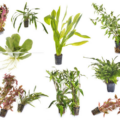
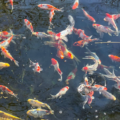
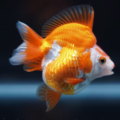
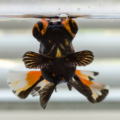
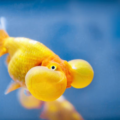
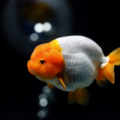
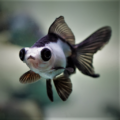
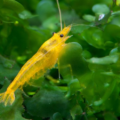

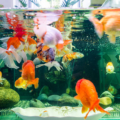
1 thought on “Comprehensive Guide to Fantail Goldfish Care, Breeding, and Advanced Tips ”